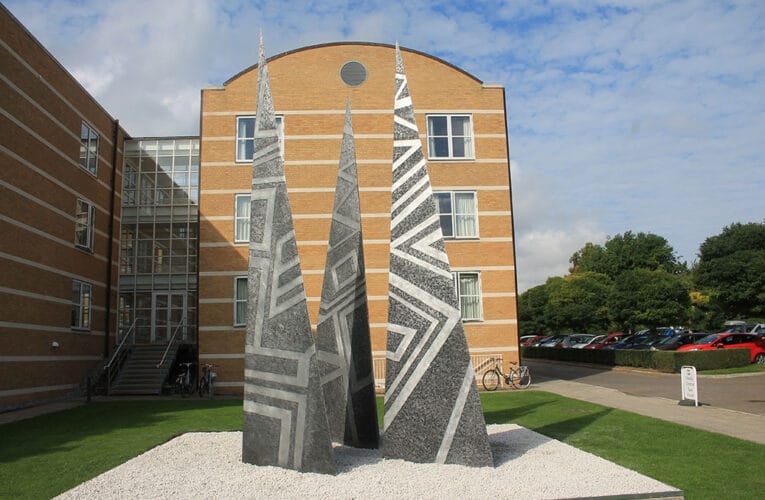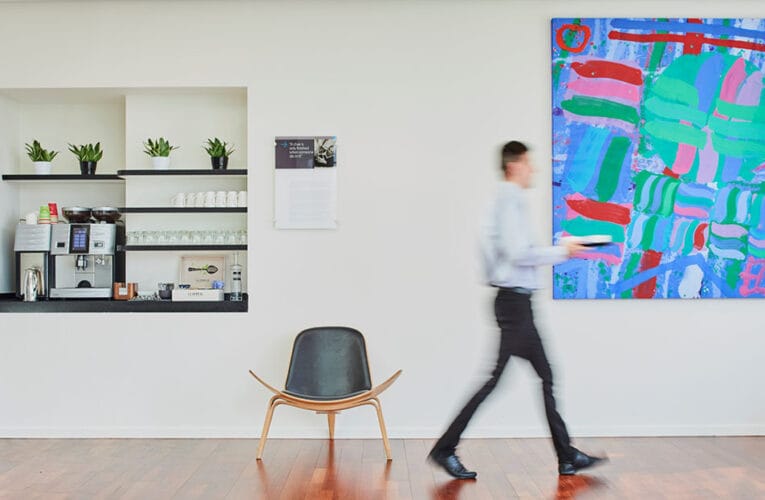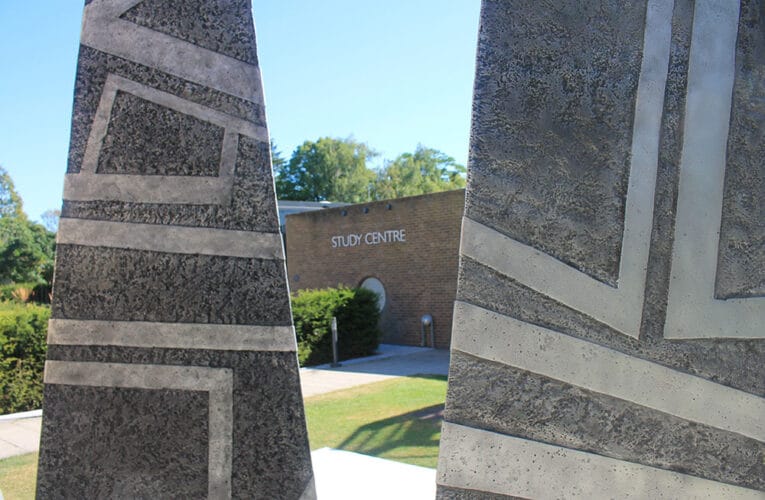
Art and Design
Inspired by our Danish heritage, stunning art and design complement the unique learning environment at Møller Institute. Our clients consistently tell us that the vibrancy and energy associated with our art and design collection encourage creative flair and innovative thought, which enhance their experience with us.
“The connection between art and leadership is not always obvious, though it’s very clear – and making the connection can often open eyes to new resources.
Art inspires. Artists reframe and change the way people think. They invent possibilities not previously imagined. They also give us perspective on ourselves, our choices, our social condition, and a deeper appreciation of the world. Moreover, they challenge, excite, comfort, and motivate. They bring us closer together by providing a forum for shared experiences and by forging a sense of community. Leaders, especially in today’s complex and changing world, must also be able to do all these things.
While people may disagree about the quality of a given work of art, we generally know how to communicate what we’ve experienced. The same criteria that govern how people respond to particular artworks apply to leadership. For example, leadership may be described as inspiring, consistent, creative, unique, passionate, and engaging.
At the Møller Institute we have works of art by some of the most renowned modern artists, such as Albert Irvin RA whose big, quasi-abstract, brilliantly coloured blobs and lattices are built up in complex layers to create a sense of depth and energy. We also support emerging artists such as Ragna Mouritzen, winner of the Danish Embassy Art Prize 2014, whose works are a product of material, process, and intense manual labour. Both artists’ works are open to personal interpretation, as they do not depend on a specific subject, but rather on that of the work itself and the process of making. These carefully chosen works offer an opportunity to reflect, respond and communicate our thoughts.
By placing art in the working environment, the Institute has become an innovative way to showcase values as well as to support culture.” – Barry Phipps, our Director of Visual Art, and Fellow of Churchill College.
Inspired by our Danish heritage, stunning art and design complement the unique learning environment at Møller Institute.
The renowned furniture designer Hans J. Wegner (1914–2007) was born in Tønder, Denmark, where he trained as a cabinetmaker before studying furniture design at the School of Arts, Crafts and Design in Copenhagen. Upon completion, Wegner went on to work for the Danish architect Arne Jacobsen before setting up his own office in 1943.
Churchill College has a close and continuing relationship with the work of Wegner, from its foundation in 1961, to the establishment of the Møller Institute in 1992. From the outset, The Møller Institute has had some of the most iconic pieces of twentieth century furniture, such as The Round Chair (1949), made famous by the 1960 John F. Kennedy and Nixon debate, and the ever-popular ‘Y’ or ‘Wishbone’ Chair (1949), both designed by Wegner. In addition to these iconic pieces, the Centre is a showcase for rare Wegner designs of chairs, sofas, tables and lighting.
One of the highlights of the Institute is the unique ‘Møller’ Chair. As the name implies, Wegner designed the chair especially for The Møller Institute on the request of Mr Maersk Mc-Kinney Møller, the Institue’s founder and son of the well-known shipping magnate, A. P. Møller. The ‘Møller’ Chair is spacious and comfortable, which appears both light and airy with its spindle back and woven seat.
Although he was earnest in his ambitions, Wegner allowed himself the space to play a little as well. “We must take care,” he once said, “that everything doesn’t get so dreadfully serious. We must play – but we must play seriously.”
Hans J. Wegner has received numerous national and international honours throughout his long career and his work is to be found in the permanent collections of the world’s most prestigious museums.






